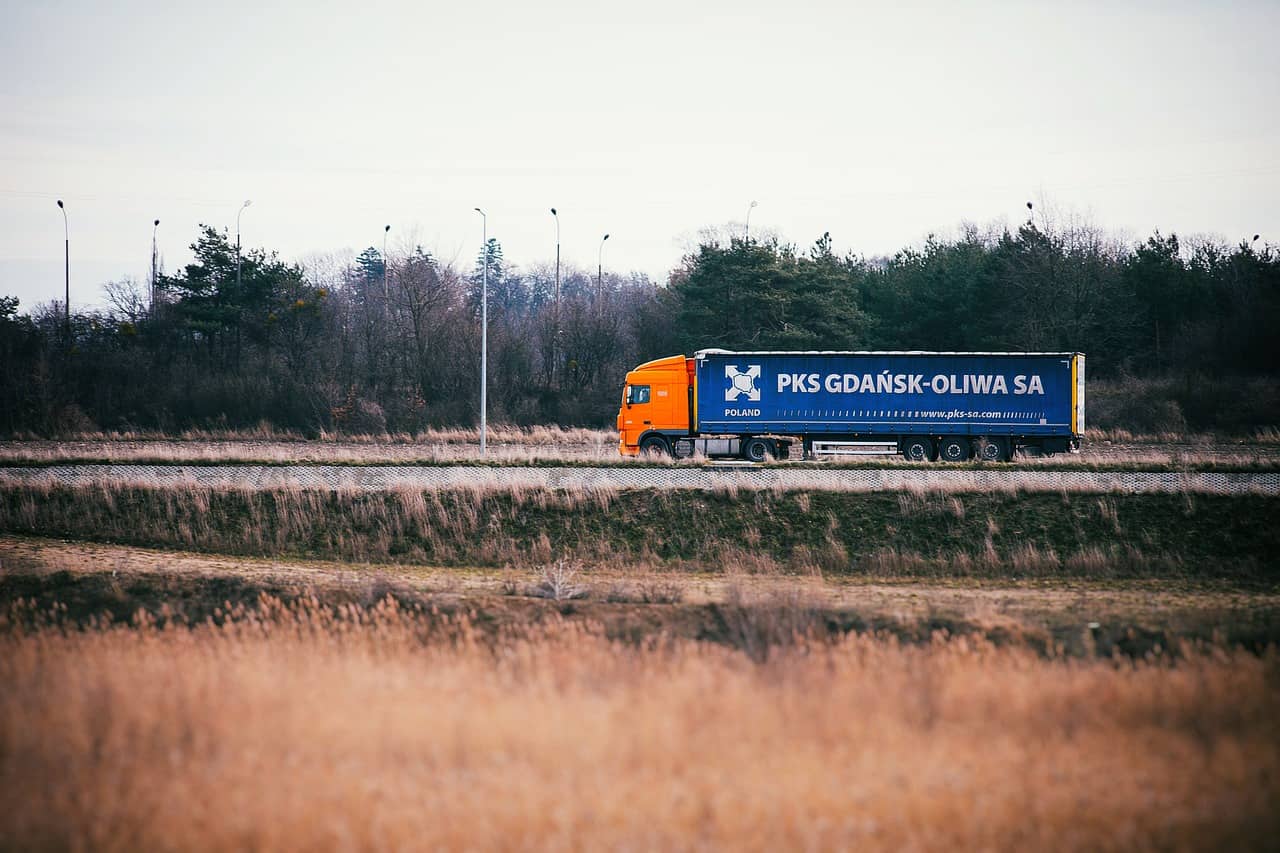
Properly staged cargo in transportation is the key to safe delivery of goods. It also makes unloading work easier once you arrive at your destination.
There are many factors that go into positioning a load prior to transport. Axle pressure, proper weight distribution, stacking according to carrier or regulatory guidelines – all of these have a huge impact on not only the subsequent unloading, but also safety while on the road. In this article, you will learn what an effective load distribution should look like so that the goods are properly secured without losing valuable space in the trailer.
The first point to remember is to avoid overloading your vehicle. The DMC, or gross vehicle weight rating, must not be exceeded. When overloading occurs, it not only results in faster wear and tear on your vehicle, but it also poses a great danger to other drivers on the road. When it comes to roadside inspections, overloading your vehicle can result in fines ranging from several to over a dozen thousand zlotys. So it is better to beware of it. Transporting more goods at the cost of health and life of traffic participants, as well as considerable fines is not a reasonable solution.
Another aspect to bear in mind during loading. The weight of the car must not exceed the limit that has been set for the road on which the vehicle will move from point A to point B. Most often the weight cannot exceed 8/10 or 11.5 tonnes per axle. It is worth pressing the front axle with 20% of the weight of the load, and the driven one with 25%. You should also make sure that the pressure on each axle is fairly evenly distributed, which will make things easier when partially unloading. Each pair of wheels will still have the same load to lift, not counting the one over which the goods have just been unloaded.
So what if the cargo is placed by the book during loading if it moves around while driving? That doesn’t make much sense, so it’s still a good idea to make sure the goods are properly secured after loading. There are three basic methods that have been used by professionals for years. They are:
As you can probably see for yourself, properly distributing the load on each axle and not exceeding the GVW, in addition to using the most effective securing method, is a way to ensure safety without losing space in the trailer
Consequences may apply to both the carrier and the person who loaded the cargo.
Exceeding the weight limit, axle loads, improper stowage, or lack of proper restraints – in these situations, the truck will fail roadside inspections and the carrier will be blamed. What if all of the above were done properly and there are no deviations? When the goods were adequately secured and yet have “crashed” during transport, the person who did the loading is to blame.
(photo: pixabay.com)